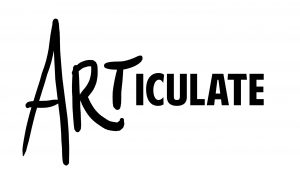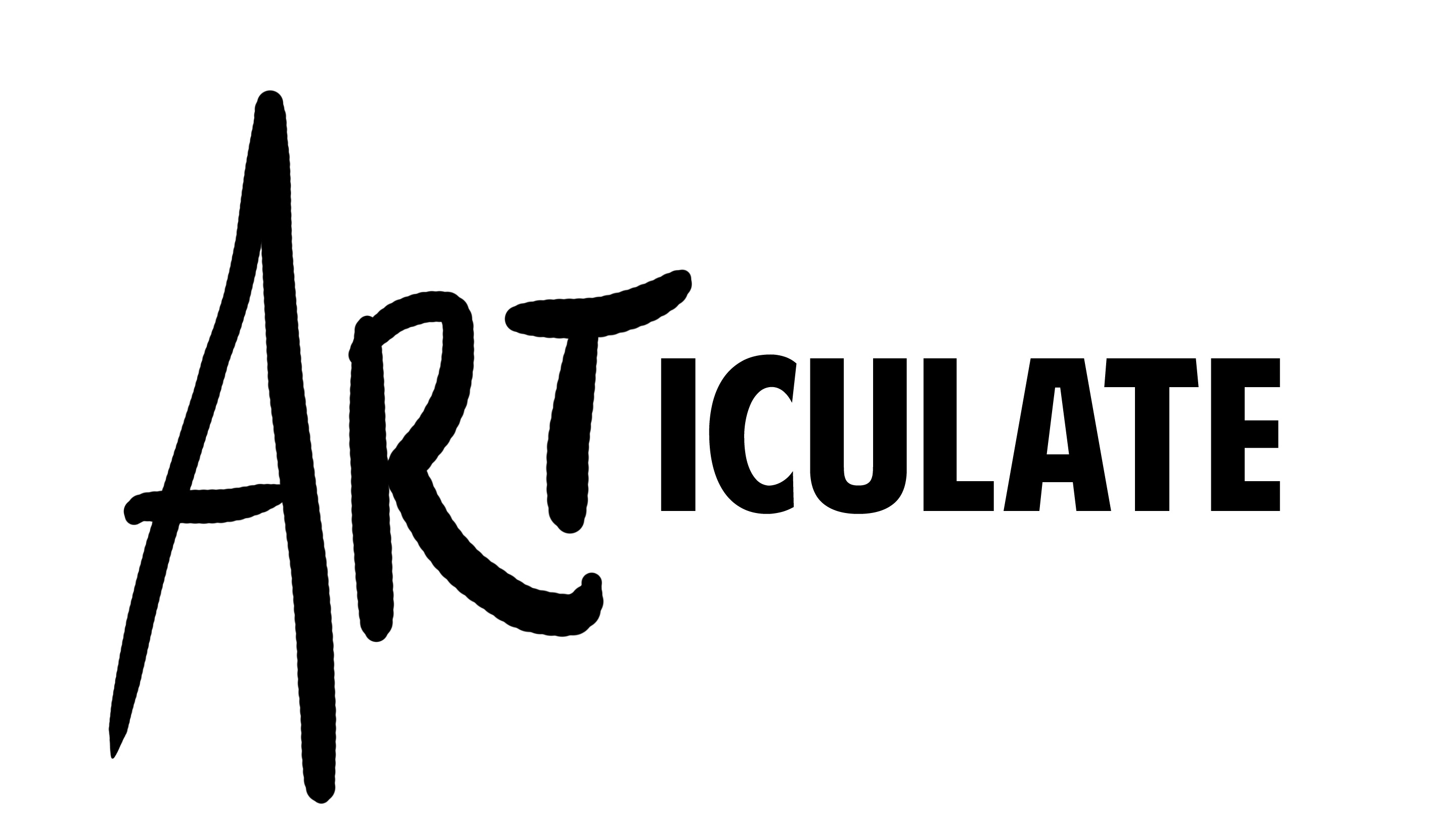
Thoughts on the matter can go either way. On the one hand, it seems understandable that the concept of the sentimental value that we attribute to our work as the ‘creators’ be a source of influence in the value we attribute to it and that value will therefore be reflected in its monetary worth. It’s the artist’s prerogative to believe that what he has created is worth some kind of recognition and said recognition is often expressed in the financial appraisal of his or her work.
On the other hand, one must also understand that engaging in the ridiculously high market pricing that is currently in place necessarily means restricting the accessibility of art to the elite. For all art aficionados out there, consider this: how many times have you been to visit a gallery and felt snubbed, disregarded for your lack of knowledge on a given subject matter?
After all, initially, art is made to seek out an emotion in it’s audiences, to provoke something within them, to stimulate people and make them think. It is made for what, in French, we would call ‘le grand publique’, meaning that it is meant to be appreciated on a variety of levels, gaining diversity for the variety of understandings it can provoke in people.
So these pieces, worth millions and sold only to exclusive clientele, in the midst of these prestige-filled auctions—are they truly benefiting the art world? As Mr. Findlay mentions it in his book, some people will say that buying art is not business; it’s an art itself. Scouting out artists with potential, judging the value of their pieces, getting them sufficient exposure: this market is not an easy one. Then that brings us to another question: what about the others? The ones who don’t get scouted? And don’t get enough exposure? Who is to say that the artist in the tiny, debutante gallery is any less valuable than the contemporary artist that has just sold for thousands of dollars in front of our very eyes? It seems unfair that timing and connections would price your work before any kind of appreciation can.
The bottom line goes as follows. Art will always be worth more to the person that created it; there is a dedication that inherently accompanies their spurs of creativity that ensures this. It is therefore difficult to be against the idea, per se, of an art market based on capitalist principles. However, for what it’s worth, it is not ludicrous to consider that when the price of a piece of art reaches a limit that would require most of us to mortgage a house twice, it may be time to revisit the system in place.




